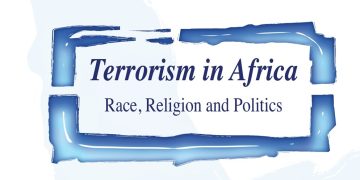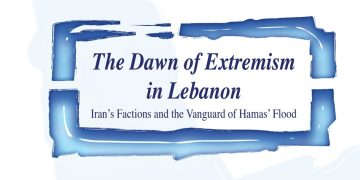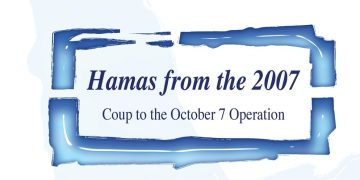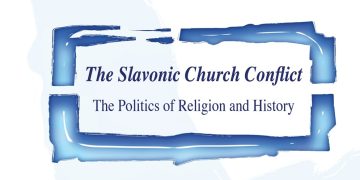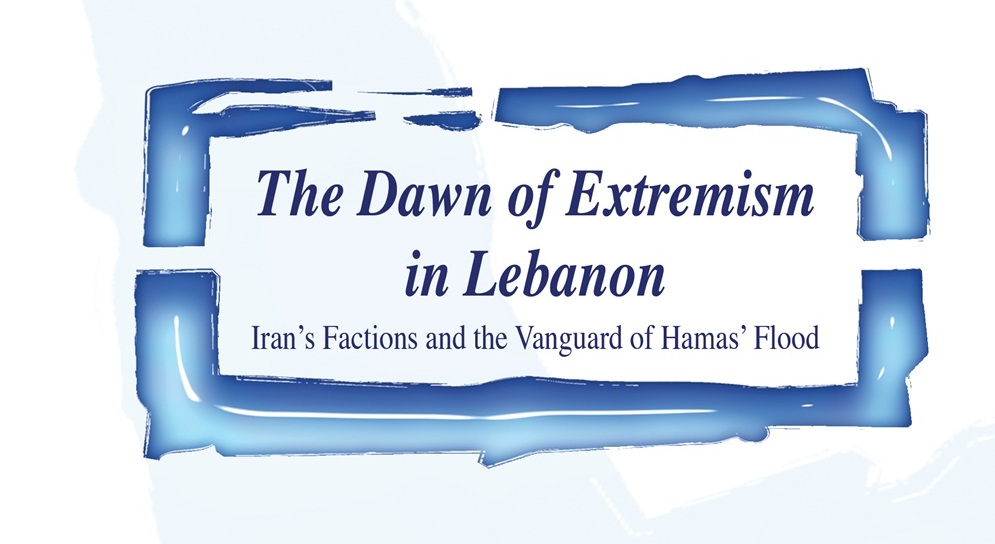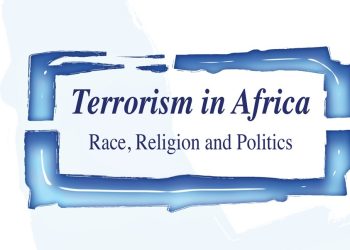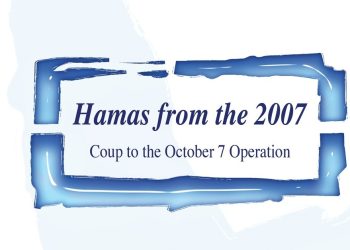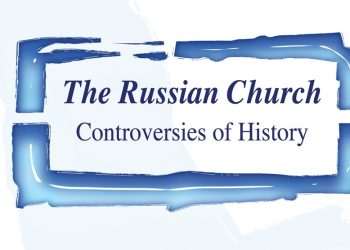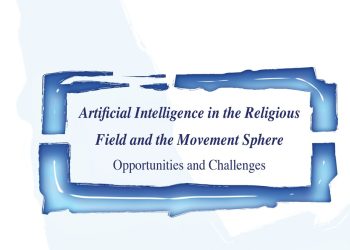April 2024
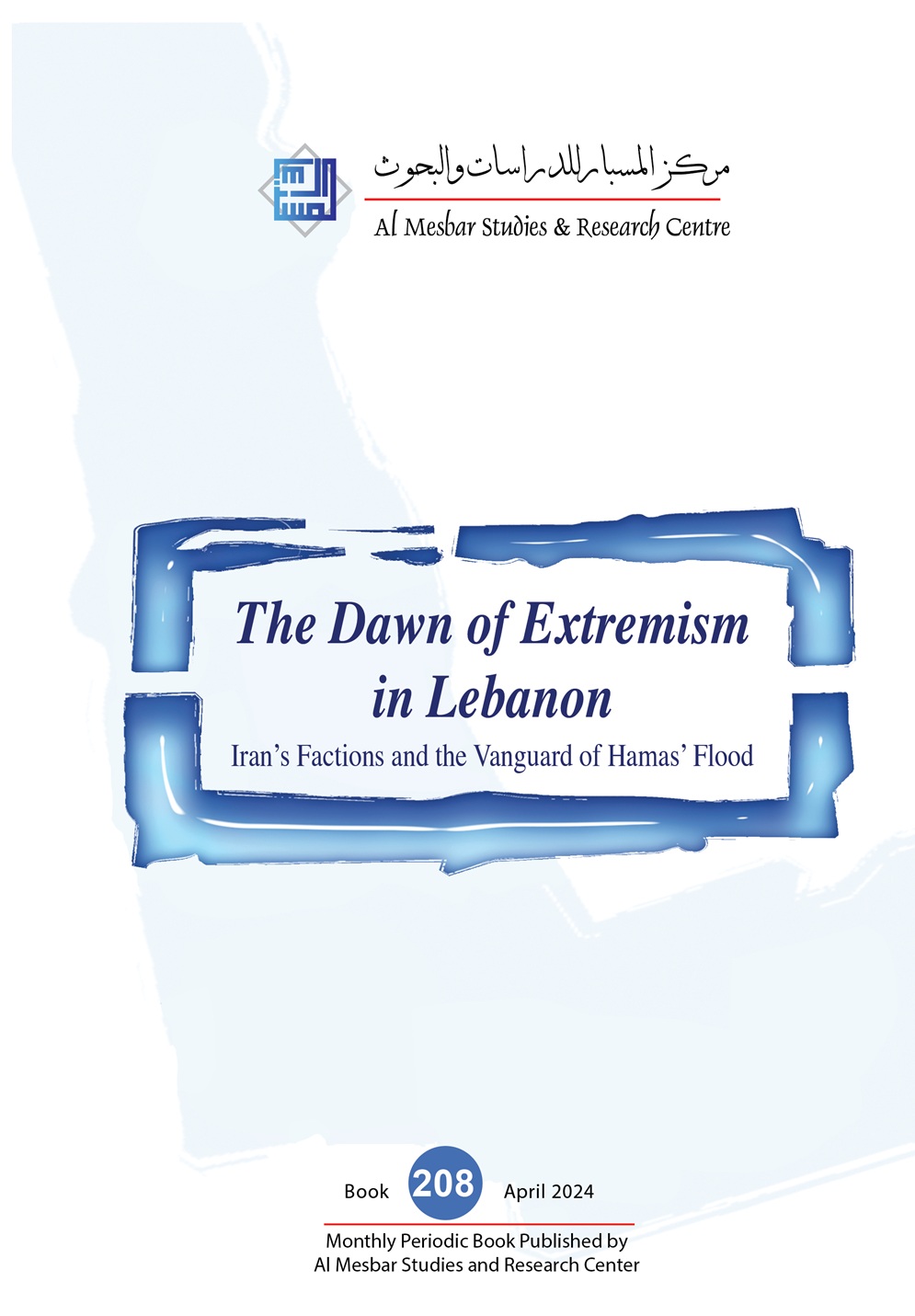 In its 208th book, “The Dawn of Extremism in Lebanon: Iran’s Factions and the Vanguard of Hamas’ Flood,” published April 2024, the Al Mesbar Center for Studies and Research examines the recent history of extremist movements in Lebanon over the past decade. It details the evolving nature of the Islamic Group in Lebanon and its armed wing, the Fajr Forces, which commenced military operations under Hamas’ umbrella following the October 7, 2023 attacks and the ensuing Hamas-Israel conflict.
In its 208th book, “The Dawn of Extremism in Lebanon: Iran’s Factions and the Vanguard of Hamas’ Flood,” published April 2024, the Al Mesbar Center for Studies and Research examines the recent history of extremist movements in Lebanon over the past decade. It details the evolving nature of the Islamic Group in Lebanon and its armed wing, the Fajr Forces, which commenced military operations under Hamas’ umbrella following the October 7, 2023 attacks and the ensuing Hamas-Israel conflict.
The book’s opening study identifies the narrative of victimhood prevalent among Islamists and their use of extremist rhetoric to undermine state authority. Lebanese academic Ali Abdoun explores the relationship between social marginalization and the rise of extremism in Tripoli, citing the exclusion of the city’s Sunni population from national decision-making and their limited participation in governance as key factors in Islamism’s ascent.
Qasim Qusayr notes that cities distant from the capital, Beirut, suffer from marginalization and underdevelopment. He lists Islamist movements such as the Islamic Group, the Islamic Tawhid Movement, the Association of Islamic Projects (Al-Ahbash), and the Islamic Tahrir Party. Qusayr contends these groups gained prominence following the decline of leftist, nationalist, and Nasserist parties. Since the 1960s, regional and internal changes led to the weakening of Tripoli’s secular identity in favor of Islamist ideology. This shift resulted from persistent conflict dynamics and the ongoing refugee crisis, which fueled social discontent.
The authors highlight how Palestinian refugee camps in Lebanon have provided fertile ground for the growth of Islamist movements which in turn contributed to rising levels of violence, affecting camp residents since the 1970s.
Against this backdrop, Egyptian researcher Amal Mukhtar examines violent extremism within Palestinian refugee camps in Lebanon. She focuses on two main areas: the living conditions of Palestinian refugees in the camps and the levels of extremism and violence within them, with particular attention to terrorist factions and the factors contributing to their rise.
The Islamic Group leveraged the October 7 terrorist attacks to activate its armed wing, in alignment with Iranian interests. Consequently, the Fajr Forces resumed missile attacks after a long period of inactivity. This development further widened the gulf between Islamist movements’ political orientation and the concept of a state monopoly on the use of force, furnishing pretexts for these groups to take up arms.
Abdul Latif Mohsen identifies indicators of extremism within the group and delineates its relationship with the international Muslim Brotherhood organization, tracing strong ties from the group’s origins to the present. He highlights efforts to reorganize this relationship through new frameworks, such as the Justice and Democracy Forum, which includes Brotherhood forces and parties worldwide.
Egyptian researcher Maher Farghali discusses the ties between the JDF and the Egyptian Muslim Brotherhood which date back to the 1950s, underlining the ideological influence exerted by the Egyptian Brotherhood. He also examines the leadership roles within the international organization and their relationship after the events of 2011.
Ramez Tanbour explores the relationship between the Islamic Group and Hamas, noting that the latter appeared to strengthen following the election of the group’s new Secretary-General in 2022. This shift led to increased Hamas influence within the group’s structures and membership through material and moral support. Just as Tehran sponsors Hezbollah, the Islamic Group maintains a long-standing relationship with Iran, despite the Lebanese Brotherhood’s political sensitivity to this matter.
Hisham Aliwan investigates the group’s stance on Iran and their relationship, mediated through the Egyptian Brotherhood. This connection dates back to efforts at Sunni-Shi’ite rapprochement preceding the 1979 Islamic revolution. The alliance drew many into Khomeinist discourse but later faced challenges due to internal schisms within the Brotherhood, over issues like the rise of ISIS and the Syrian Civil War.
Militarily, the Fajr Forces’ involvement in the October 7 terrorist attacks and the Hamas-Israel conflict has heightened concerns among Lebanese public opinion regarding the faction’s threat to Lebanon’s communities and security, aggravated by military parades conducted in coordination with Hezbollah. Mustafa Zahran discusses the Fajr Forces’ role in military confrontations between Hezbollah and Israel following October 7. Mahmoud Al-Tabbakh examines the emergence and deployments of the Fajr Forces inside Lebanon, their role in internal group conflicts, relationships with Hezbollah and Hamas, and their positioning after the October 7 attacks.
Lebanese journalist and political analyst Mohamed Barakat analyzes Hezbollah’s relationship with the Islamic Group, particularly after the group’s 2022 internal elections. He notes the growing influence of Hamas and Hezbollah within the group’s new organizational structures and explores their role in the wake of the Israel-Hamas war. October 18, 2023, the Fajr Forces announced it had launched rockets from southern Lebanon into Israel with approval from the group’s political leadership. Many experts believe that Hamas and Hezbollah exercise a controlling interest in the group. Barakat concludes that Hezbollah and the Islamic Group represent two distinct challenges to state authority in Lebanon.
In conclusion, the Al Mesbar Center thanks all researchers who contribute to this book and those involved in its publication. The center especially acknowledges colleagues coordinating this ongoing project, hoping it fills a significant gap in the Arab academic library.


